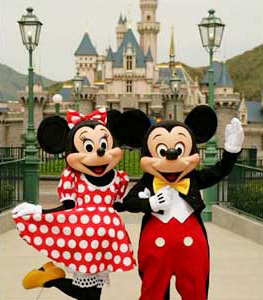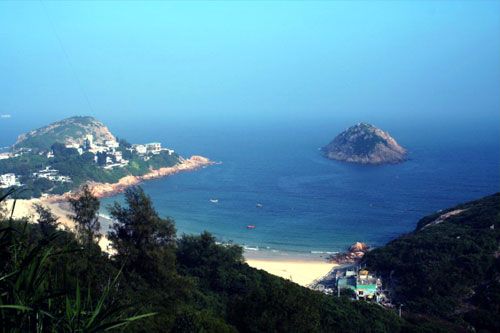Hong kong Cuisine

-
Province:Hong Kong (Chinese: 香港 , Pinyin: Xiang Gang)
-
Population :7,026,400
-
Area :1,104square km (426 square mile)
-
Overview:The contrasts in Hong Kong are extremely fascinating, of more than 7 million people in habiting here most are Chinese but many Pakistanis, Indians, Europeans and many other nationalities call Hong Kong their home. Hong Kong, is really the area of playing Amongst Skyscrapers.
Overview
Hong Kong is one of Asia'a most dynamic centers of eating. Gourmands and epicureans can gorge themselves with delight at snazzy restaurants with the newest in fusion cooking or dig down into a large bowl of noodles and soup with won ton. From ritzy restaurants and small family run cafes to the avant-garde and the traditional, everything can be found in Hong Kong.
While Hong Kong has the world's most advanced financial system and the latest modern architecture, the city displays traditional Chinese culture everywhere, with cuisine the most important element. It is no exaggeration to say that Hong Kong is a meeting place of the world's finest delicacies.
Know more
Befitting its status as an international city, cuisine from all over the world can be found. Creasy burger joints, understated Japanese restaurants to European refinement are all available in every part of Hong Kong.
Cantonese food is the most commonly found cuisine. The cuisine emphasize the freshness of the ingredients and most dishes are light and savory. Every type of Chinese cuisine can also be found in Hong Kong, if you have a hankering for spicy Sichuan or heavy northern fare, it's all here. Hong Kong cuisine has also been strongly influence by the British; cafes with finger sandwiches and milk tea are filled with office worker taking their afternoon tea break.
Must try

The best season for the big crab is from Mid-Autumn Festival in September to ealy December. The seafood delicacies are the steamed Big Crabs or the Drunk Crab Soaked in Shaoxing wine and the Lion-Head-Shaped Crab Meat Ball.

This complicated dish is stewed with such precious materials as shark's fins, dried abalone, rare fish glue, shellfish tendon, fish lip and some seasonings. It gained this name because legend says even vegetarian monks can't resist its heavenly smell and will leap over the temple's wall to taste it.

Originally the Full Banquet of Man and Han Cuisine was enjoyed only by Chinese emperors. A full banquet can last of three days. But modern cooks have dishtilled the best dishes of the banquet into one or two meals.

Most traditional Hong Kong desserts are liquid-like and thus called "sweet soup". Some of the most popular are sesame paste, sweet red bean and green soup, sweet bird's nest or something called stewed tremella with pawpaw and milk. Not only will these sweet desserts satisfy your cravings, but they are also good for your skin.





